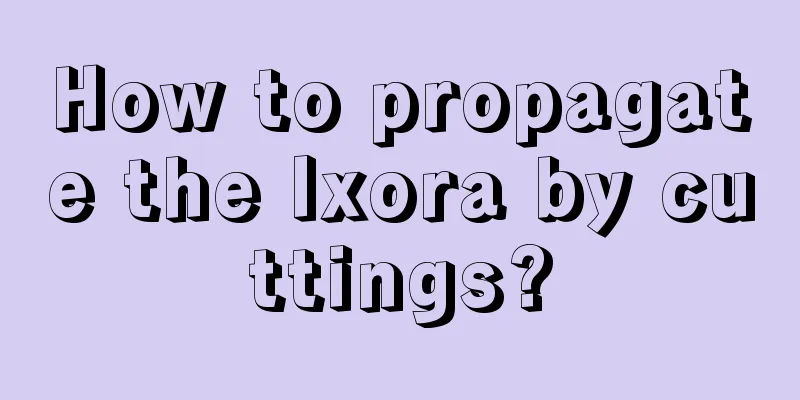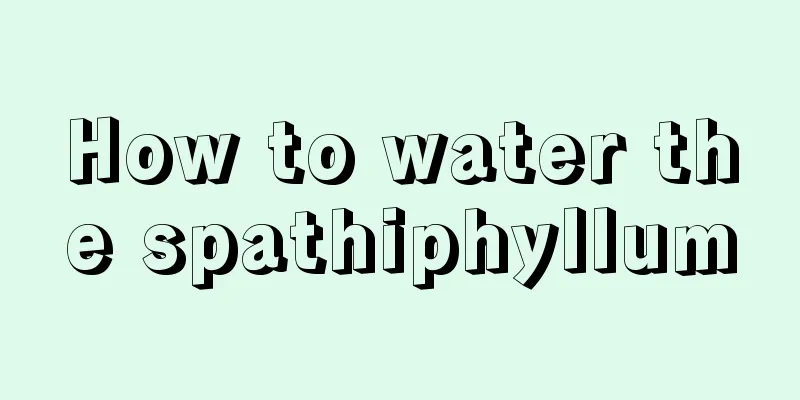Ginkgo fertilization method

Ginkgo fertilization methodSpring leaf fertilizerFor young trees and adult fruit-bearing trees in an off-year, the best time to apply fertilizer is one month before Grain Rain, which is beneficial to increasing the fruit set rate. For mature trees, applying fertilizer about 15 days after Grain Rain can appropriately reduce the amount of fruit. Fertilization is mainly quick-acting fertilizer, supplemented by organic fertilizer. Apply fruit-growing fertilizer in summerApply in early July, earlier rather than later. This period is the time when the fruits grow, the root system grows vigorously, and the flower buds differentiate. Whether nutrients can be supplied in time is crucial. Quick-acting fertilizer is the best for fruit-growing. Half a kilogram of urea can be sprayed on each tree. It must be added with water and the concentration should be controlled at around 0.1%. Generally, it is not suitable for application in furrows. If there is continuous drought after fertilization, water should be applied appropriately. Apply body-nourishing fertilizer in autumnApplying fertilizer after ginkgo seeds are harvested can make up for the nutrients consumed by fruiting and help the tree recover. Fertilizer utilization and absorption is higher when applied before peak root growth. It is best to choose farmyard manure as body fertilizer, and it is better to apply it in furrows. Apply basal fertilizer heavily in winterAround the Spring Festival, dig deep trenches and reapply base fertilizer. The base fertilizer mainly includes soil fertilizer, cake fertilizer, etc. For ginkgo trees that have been fertilized with enough body fertilizer, less or no base fertilizer can be applied. Ginkgo fertilization precautionsDetermine the reasonable amount of fertilizer and control the fertilizer concentration according to the growth conditions of ginkgo. Apply underground fertilizer at the right time during the growing season. The best time to apply foliar fertilizer is in the evening because the absorption and utilization rate of the roots is high at this time. In addition, it is best to do it after it rains. To assist with foliar fertilization, fertilizer can generally be sprayed on the leaves 6 times throughout the year. |
Recommend
Cattle breeding technology and cattle breeding methods
As an important livestock for humans, cattle not ...
Why is your balcony so messy and ugly, while others' are so beautiful like a fairyland?
Neatly arranged Even in a small space of 20 centi...
What are the varieties of Pteris fern?
White Jade Fern The white jade pteris is a cultiv...
This flower won't die no matter how hard you try. Why don't you get one?
1. A must-have for lazy people - it won't die...
Don’t be afraid if the leaves are withering, just a few simple tips to save your Jianlan and bring it back to life!
one. Treatment 1. The amount of water for waterin...
What is the difference between Christmas claw lotus and Christmas claw orchid, how to grow
1. The difference between the two Christmas cactu...
How to change the soil of Amaryllis and what is the time and method of changing the soil
When to change the soil for Amaryllis It is gener...
What does Gesang flower mean?
1. Pursue happiness and good fortune In Tibet, Ge...
Can dahlia rhizomes be eaten?
1. Its rhizomes are edible The rhizomes of dahlia...
When does rosemary bloom
Flowering period Rosemary is a perennial herb tha...
How to prune roses
Rose pruning time Roses are pruned all year round...
It's so frustrating when the bougainvillea doesn't bloom. Instead of envying others, it's better to let it get more sun.
However, after praising the bougainvillea, we sti...
How to propagate the orchid
Division Time of choice Division needs to be carr...
What is the function of lupine
Ornamental effect: beautiful nature The leaves of...
Can fig seeds be planted?
Can fig seeds be planted? Fig seeds can be plante...









